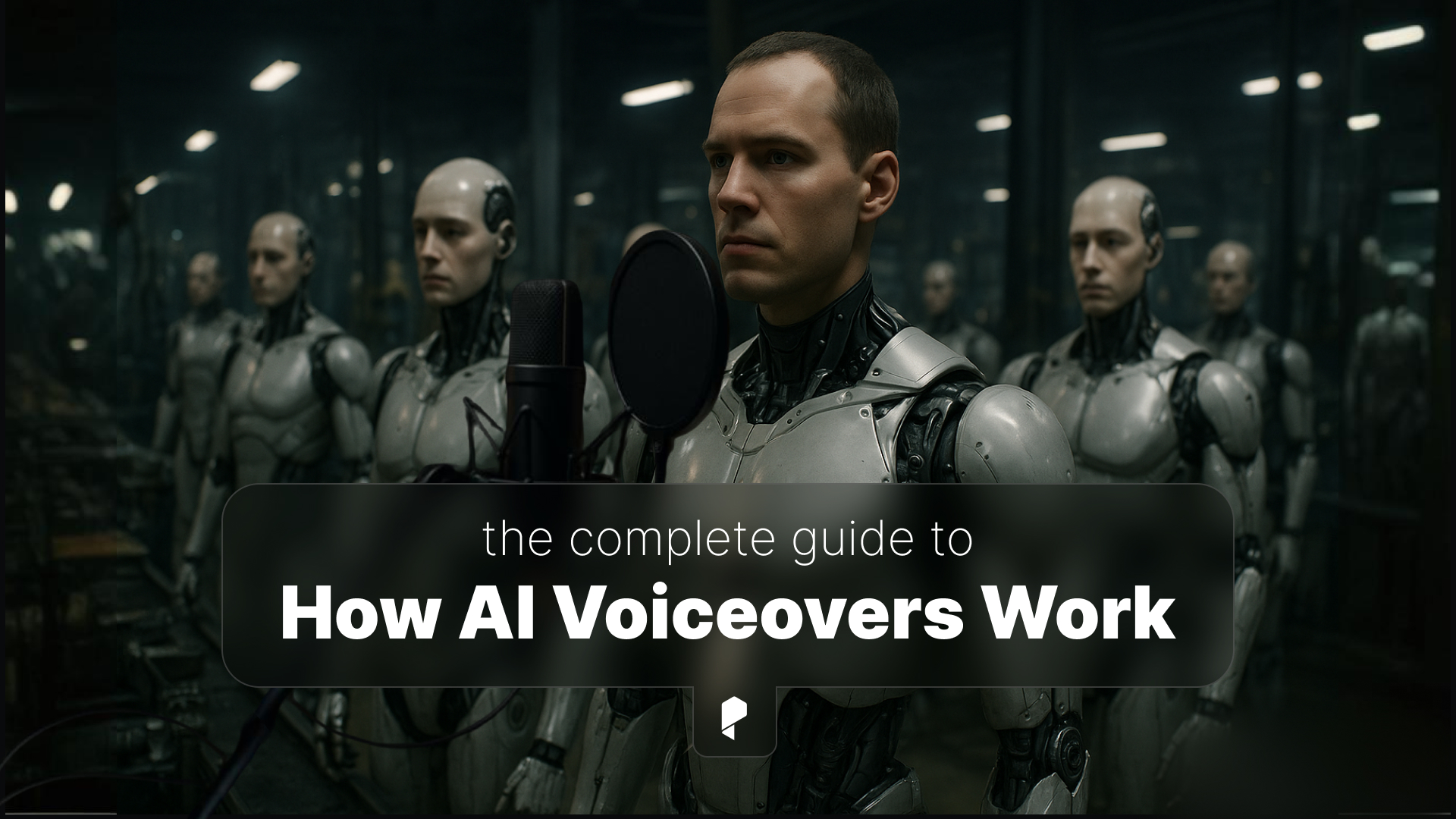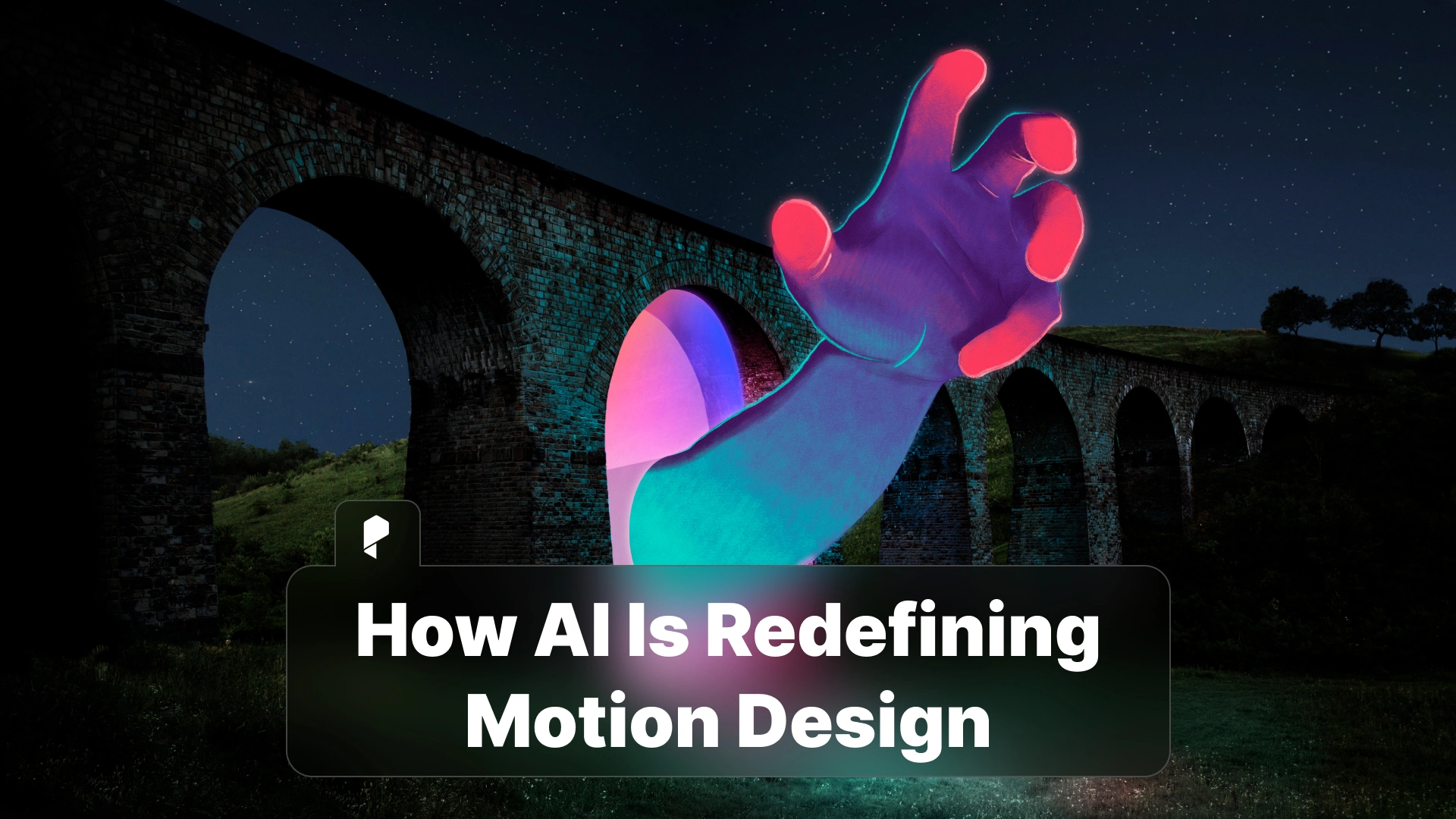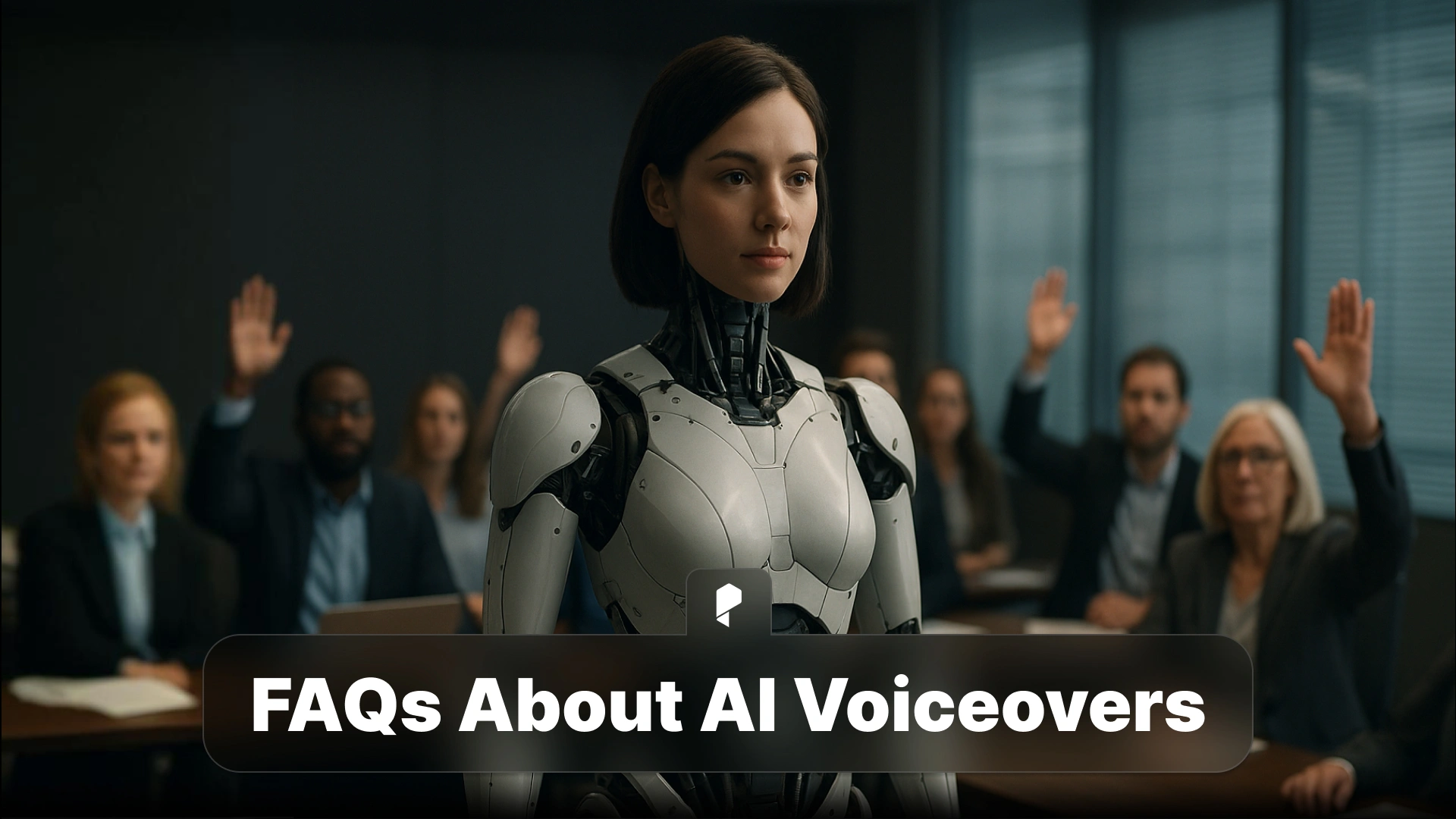How AI Voiceovers Work: Technology Behind the Voices

In the past decade, deep learning voice generation and advanced AI voice synthesis have transformed how machines produce speech, making them capable of delivering realistic tone, pitch, and even emotional nuance. Understanding how AI voiceovers work reveals just how powerful this technology has become.
The Basics of AI Voiceovers
Modern AI voiceover technology, however, uses deep learning to analyze massive amounts of voice data and learn the subtle patterns of human speech. This is the core difference:
- Traditional TTS: Rule-based, robotic, predictable.
- AI Voiceovers: Neural network–driven, adaptive, and capable of generating natural-sounding voices.
This shift marks the transition from mere speech output to lifelike AI voice synthesis that can express tone, rhythm, and even emotion.
The Technology Behind AI Voices
At the heart of AI voiceover technology are neural networks for voiceovers. Machine learning models designed to mimic the complexity of human speech. These models don’t just convert text into sound; they learn how humans naturally speak by analyzing patterns in tone, pauses, and pronunciation.
Key components include:
- Natural Language Processing (NLP): Breaks text into smaller, meaningful units and interprets grammar, context, and stress. This step helps avoid awkward phrasing and ensures voices sound natural.
- Deep Learning Models: Algorithms like Tacotron, WaveNet, and more recent transformer-based models shape how pitch, rhythm, and emotion are represented.
- Contextual Understanding: Instead of reading word by word, AI considers full sentences, allowing it to emphasize the right syllables and adjust pacing.
Together, these technologies explain how does AI generate human-like voiceovers that can adapt to different scenarios—from audiobooks to customer service bots.
Professional Video Templates
Training AI on Voice Data
- Phonetics: Covering the building blocks of spoken language.
- Accents & Dialects: Allowing the AI to generate region-specific voices.
- Emotional Variations: Happy, serious, excited, or calm tones.
But there are also ethical considerations. Voice samples must be licensed, and individuals must give consent before their voices are used. Without proper safeguards, AI could mimic voices without permission, raising legal and ethical issues.
Additionally, researchers often use synthetic datasets to expand training material without over-relying on human recordings. This helps balance bias and ensures AI voice synthesis can represent diverse speech patterns.
The Voice Generation Process (Step-by-Step)
- Input Text – The user enters written content.
- NLP Processing – The system analyzes grammar, context, and punctuation to predict how the sentence should sound.
- Phoneme Mapping – Text is broken down into phonemes (the smallest units of sound in language).
- Prosody Modeling – Intonation, stress, pauses, and rhythm are applied to mimic human speech patterns.
- Waveform Generation – Using advanced models such as Tacotron, WaveNet, or VALL-E, the AI converts the data into a realistic audio waveform.
This step-by-step process explains how realistic AI voices are created, a far cry from the monotone voices of early TTS systems.
Why AI Voiceovers Sound Human-Like
- Replicate Emotional Cues – Adjusting tone to sound empathetic, authoritative, or casual.
- Control Pacing – Adding natural pauses, speeding up for excitement, or slowing down for emphasis.
- Mimic Accents & Dialects – Training on diverse datasets ensures regionally accurate voices.
Another key feature is context awareness. For example, AI can distinguish between the word lead (a metal) and lead (to guide) by analyzing surrounding words. This reduces the robotic errors that once defined TTS.
When compared to past synthetic voices, the improvement is staggering. What once sounded like a flat machine now mirrors the natural flow of conversation, making it hard to tell the difference between deep learning voice generation and human narration.
Common Challenges in AI Voiceovers
- Mispronunciation of Uncommon Words – Technical jargon, brand names, and foreign terms can still trip up AI models.
- Limited Emotional Range – While AI can replicate general emotions, it struggles with complex emotional nuance such as sarcasm or subtle humor.
- Bias in Training Data – If voice datasets lack representation of certain accents or dialects, the resulting AI may sound biased or less inclusive.
These issues highlight the importance of continuous research, better datasets, and ethical development to ensure AI voiceover technology works equally well for all users.
Real-World Applications of AI Voice Tech
- Content Creation & YouTube: Creators can instantly generate narration without hiring voice actors, making production faster and more affordable.
- Audiobooks & Podcasts: Publishers use text-to-speech AI to produce professional-quality audiobooks and narration at scale.
- Corporate Training & E-Learning: Businesses rely on AI voices to deliver consistent, engaging training materials worldwide.
- Assistive Technologies: AI voices are helping people with speech impairments communicate more naturally.
Platforms like Pixflow AI Voiceover bring these applications together, offering creators tools to generate professional voiceovers quickly and at a fraction of traditional costs.
The Future of AI Voice Synthesis
- Emotionally Adaptive Voices: AI that responds dynamically to emotional context in real time.
- Seamless Multi-Lingual Voices: Switching between languages mid-sentence without breaking tone or rhythm.
- Real-Time Communication: AI voices integrated into live calls, gaming, and virtual assistants.
As models continue to improve, the AI voice synthesis process will likely deliver voices that feel indistinguishable from humans in every context—raising exciting opportunities, but also ethical considerations for transparency and consent.
Final Thoughts
Looking ahead, the AI voiceover technology explained, points to a future of hyper-realistic, emotionally intelligent, and ethically developed voices. Whether you’re a content creator, business, or educator, exploring platforms like Pixflow AI Voiceover can open the door to powerful new storytelling possibilities.
👉 For more, check out:
If you buy something through our links, we may earn an affiliate commission or have a sponsored relationship with the brand, at no cost to you. We recommend only products we genuinely like. Thank you so much.








